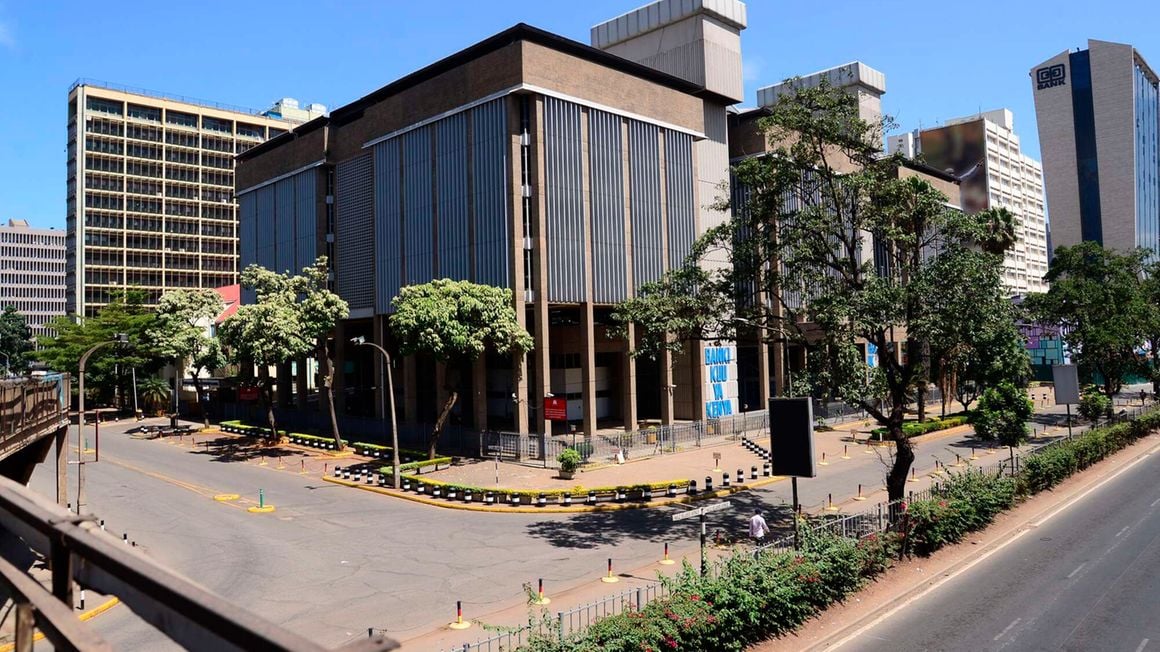
Banks’ liquid assets fell below the 50 percent mark for the first time since the advent of the Covid-19 pandemic in the quarter ended March.
New Central Bank of Kenya (CBK) data shows the lenders’ cash or near cash assets stood at 49.9 percent in the three months, falling from 50.8 percent at the end of December.
The lender’s liquidity levels were last below 50 percent in December 2019 and built up across the pandemic to peak at 56.8 percent in June 2021.
Read: CBK loans to banks up on liquidity crunch
According to the CBK, banking sector liquidity eased as commercial banks increased lending to the private sector over the past year.
“Banks tend to deploy their additional liquidity towards lending to the private sector at 38 percent, investing in Treasury bills (19 percent) investing in Treasury bonds (19 percent), interbank lending (16 percent), CBK liquidity management through repos (5 percent) and increase in their cash holdings (three percent),” the CBK noted in its first quarter credit survey report.
At the onset of the Covid-19 crisis, banks shun lending to the private sector and adopted a cash preservation stance that saw them bulk up their capital and liquidity levels through several initiatives, including skipping dividend payouts.
The easing of the pandemic crisis has presented banks with the opportunity to roll back the hard stance on lending with the economy opening up gradually since the end of 2021.
Credit to the private sector hit double digits for the first time since the start of interest rate caps in March 2022, moving from 10.9 percent to a multi-year high of 14.2 percent in July 2022.
During the first quarter, enterprises in agriculture, manufacturing, trade, personal and household sectors registered growth in their demand for credit.
“The perceived increased demand for credit is attributed to consumers being confident that the economy is on an upswing. The weather is also expected to perform better in 2023,” added the CBK.
Despite the drawdown in liquidity, banks observed improved liquidity positions with 61 percent of lenders observing improved liquidity positions in the quarter.
Higher deposits, loan recoveries, maturing government securities and capital injection are listed as factors leading to improved liquidity.
However, analysts said the deterioration of asset quality from the recent spike in non-performing loans would starve off additional liquidity to banks in the near team, leaving the pair of new deposits and capital injections as the primary source of additional liquidity to banks.
Read: Why banks lean towards high liquidity
"From my vantage point, the real liquidity position of banks is much lower due to these risks. It is unlikely in my view that loan recoveries will actively beef up the bank’s liquidity for the foreseeable term,” noted Ronny Chokaa, a research analyst at Genghis Capital.
→ kmuiruri@ke.nationmedia.com




No comments :
Post a Comment